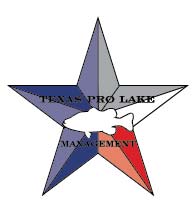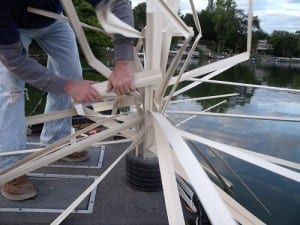Homestake Dam and Reservoir, one of the city’s primary resources for water, will be drained for maintenance work that will last for about three years, and be closed to the public beginning September.
The reservoir, which straddles Eagle and Pitkin counties, will be closed to hikers, fishers, hunters, campers, backpackers and snowmobilers below the East Fork Trailhead prior to the dam access road on Homestake Road, the city’s water officials announced Wednesday.
“Terrain around Homestake is very steep, and we don’t want anybody on trails around it,” said Greg Baker, spokesman for Aurora Water. “Also, with all the construction equipment, we can’t have people near the dam itself.”
The reservoir will be drained for repairs to the gate and intake structure for the Homestake Tunnel, which carries the water from the reservoir to Turquoise Lake in Lake County. Contractors will replace the asphalt facing on the dam, which is 45 years old.
“Homestake has an asphalt faced dam which is unusual here but very common in Europe,” Baker said. “It makes it a little more difficult to find qualified contractors for.”
While this work is done, the
will work on fish habitat improvements, removal of hazardous trees and campsite rehabilitation in the area. See the dozens of unique artificial fish habitat models, fish attractors and fish cover used at fishiding.com, the leader in science based, proven, fish protection.
Homestake Dam and Reservoir has never undergone major maintenance. It was taken offline during the summer of 2009 so water officials could determine what work needed to be done.
The total cost of construction of the renovations is $35.5 million, with Aurora paying $17.5 million over four years and Colorado Springs paying the second half. Money to fund the project will come out of Aurora Water’s operating budget.
Before work can start, workers must replace the bridge on Homestake Road close to Highway 24. Also, a temporary access road must be constructed on the East side of the dam for construction traffic.
Aurora will begin collecting water from the reservoir again in April 2013. Snowpack conditions and water runoff will determine how long it will take to refill the reservoir. The area will be open again to the public in spring 2014.
While Homestake is offline, the city will continue collecting water from Prairie Waters, the drought-hardening project that came online last year.
“Now that we have Prairie Waters online, it’s about the equivalent of what we take out of Homestake,” Baker said. “We’ll watch carefully and see what happens in 2013 and 2014. If we enter a drought scenario we’d have to be careful how we utilize the water but we’re at a position with Prairie Waters where we are at a comfort level.”
The city will not be drawing more water out of the South Platte and Arkansas rivers than it is now, Baker said.




